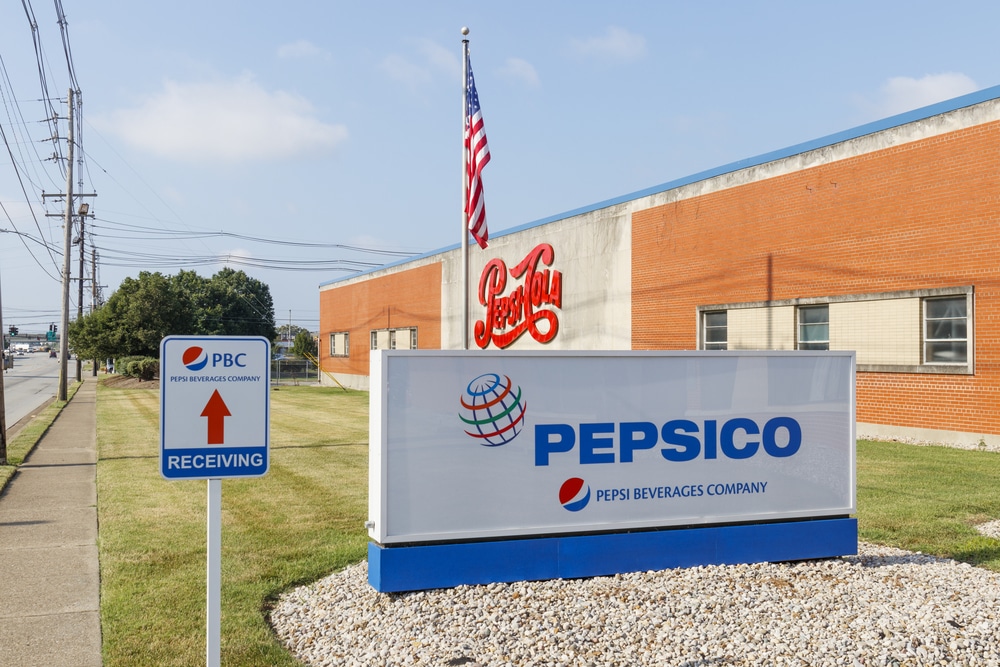As a shareholder of a publicly traded company, you generally have the right to vote on certain corporate actions. The board of directors can be reshuffled, mergers and acquisitions must be approved and amended bylaws are subject to voter approval. What shareholders do not get to vote on are stock splits and ordinary dividends (there are a few exceptions).
The reason you don’t get to vote is because the reorganization should be immaterial to the value of your investment. Neither splits nor dividends are designed to destroy or create value. The value of your stock after the change should be identical to the value before. Of course, the price of the security will fluctuate based on standard market risk and volatility.
Splits
At first glance, it may appear that the price of your investment has changed post split. You’re not incorrect, the price per share has definitely changed, but what has not changed is the total value of the position.
I frequently receive calls from investors that are looking at their account history and they don’t remember how many shares they bought X years ago. All they know is that they bought the stock for $100 per share and it’s now trading at $20.
What they fail to see from their transaction history is the fact they bought only 20 shares and they now posses 100. During the time that they held the stock, it went through a 5:1 stock split, entitling them to 5 new shares for every 1 share they held.
In order to not cause an unjustified increase in the stock price, the share value is adjusted by the same ratio as the stock split. The old stock price of $100 per share now becomes $20. Looking at the overall principal, an investment of $2000 is still worth $2000 and the market capitalization of the company remains unchanged.
Reverse splits work exactly the same way except that the end result will be fewer shares at a higher price instead of more shares at a lower price. Using the same numbers as above, prior to a reverse split, an investor would own 100 shares at $20 per share. Post split, the share amount would be reduced to 20 shares and the value per share increased to $100.
Why Companies Split
As I said, apart from market fluctuation, splits don’t change the market capitalization of a stock at all. Then why do companies split?
The reasoning is different in each case, but generally a forward stock split occurs when the price has risen to very high levels and the company would like to increase the liquidity of their shares.
This is only a guideline and doesn’t have to be followed. Just take a look at Berkshire Hathaway’s class A shares, which are trading around $124,000 per share -the stock has never split.
Reverse splits are even more difficult to rationalize. Certain exchanges have listing requirements on the per share price, so that could be a reason. Also, mutual funds and other institutional investors are usually restricted from buying stocks below a minimum price point. Finally, there’s the psychological reasoning – things with a higher price are sometimes associated with higher quality.
Dividends
The reason that I talk about splits and dividends together is to emphasize that no value is lost or created by a company simply paying a dividend or splitting.
In simple terms, a dividend is a portion of a company’s earnings that it pays back to the shareholders. Because the money is taken out of the company’s earnings, the stock value should reflect the removal of cash. Instead of the earnings being factored into the overall value of the company, the money is now in your pocket.
Using the same $2000 investment from above, let’s say that a company pays a dividend of $1.00 per year and you own 100 shares valued at $20 per share. If the company were to pay a dividend of $1.00 and the price did not drop to $19, this would be risk free profit. We’d all be rich and could retire on Catalina Island together. Unfortunately, making money in the stock market isn’t quite this easy. I get at least one call per month from an investor that has his entire portfolio built around this wishful strategy.
When looking at charts, it’s not apparent that the stock price is adjusted by the amount of the dividend because the chart is adjusted along with the price. When you think about it, it must be this way. Since the dividend payout and drop in stock price does not actually represent a decline in value, the chart must also not show a drop in value.
Exception
Of course there are exceptions to most rules. In rare instances, the value of your stock holding may be diluted as the result of a company issuing additional common shares through a public offering, employee stock options or convertible security conversion. When this happens, the value of the company does not change, but there become a great number of shares, diluting the worth of each one. This is hardly ever the case, but still something you should be aware of.
Readers: Now that you know how splits and dividends affect the price of the stock, will your investment strategy change at all?










